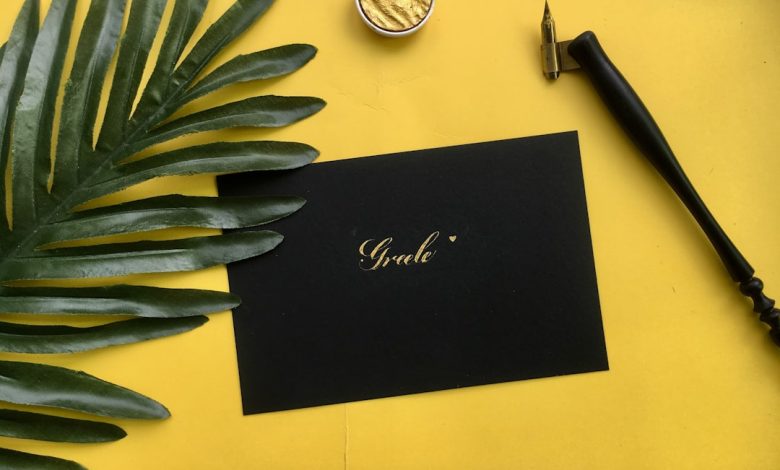What are the best practices for designing a logo that stands out?

In a visually saturated world, a logo is often the first—and sometimes only—impression a brand makes. With countless businesses vying for attention, crafting a logo that stands out is essential. But what makes a logo truly memorable and effective? To answer that, let’s delve into the best practices for designing a logo that not only captures attention but also resonates with the target audience.
1. Keep It Simple
Simplicity is a powerful design choice. A logo should be easily recognizable, even at a glance or when reduced to a small size. Intricate designs may look great in a large format, but they lose clarity and impact when scaled down. Think of iconic logos like Nike, Apple, or McDonald’s—all are simple, and all are instantly identifiable.
- Use minimal lines, shapes, and colors
- Avoid gradients and complex effects
- Ensure it works well in black and white
Remember: A simple logo is more versatile and easier to adapt across multiple platforms.
2. Make It Relevant
Your logo should reflect the essence of your brand identity. That means considering your target audience, industry, and core values. For example, a law firm’s logo will likely have a different look and feel than that of a tech startup or toy company.
To design a relevant logo, ask yourself:
- What emotions should the logo evoke?
- What is the personality of the brand—formal, playful, innovative?
- Which symbols or styles are appropriate within this industry?
Doing appropriate research into the market and competitors can help ensure your logo is distinctive yet relevant.
3. Prioritize Versatility
An effective logo should look good no matter where it appears—on a billboard, a smartphone screen, a business card, or a hoodie. That’s why designing with versatility in mind is critical.
Best practices include:
- Designing in vector format for scalability
- Testing the logo in different contexts and sizes
- Creating versions in color, black and white, and inverted color schemes
4. Choose the Right Colors
Colors play a key role in conveying emotion and creating brand recognition. Did you know that color increases brand recognition by up to 80%? However, color choice isn’t just about visual appeal—it should align with your brand’s message and values.
Consider the psychological impact:
- Red: Passion, urgency, energy
- Blue: Trust, security, professionalism
- Green: Growth, health, nature
- Yellow: Optimism, friendliness, clarity
Stick to two or three main colors to maintain a clean and unified look.
5. Use Typography Wisely
Choosing the right font—or creating a custom one—can elevate a logo’s uniqueness. Typography should not only look visually appealing but also align with your brand’s identity. Clean, legible fonts tend to work best, especially across digital and print mediums.
Tips for using typography:
- Don’t use more than two fonts
- Choose fonts that reflect your brand’s voice
- Ensure readability on all screen sizes
6. Avoid Clichés
While it’s tempting to follow trends or emulate successful designs, logos built off clichés tend to feel generic and forgettable. Resist the urge to use overused symbols or visual metaphors—like a light bulb for ideas or a globe for international services—unless you can offer a unique twist.
The goal is originality. Creating something authentic ensures your logo doesn’t just blend into the background.
7. Focus on Timelessness
Good logos stand the test of time. While rebrands are sometimes necessary, great logos require few changes over decades. Instead of chasing trends, strive for a design rooted in simplicity, symmetry, and meaning.
A timeless logo can adapt with the brand as it evolves—without losing its identity.
8. Seek Feedback and Iterate
No design is perfect on the first try. Getting opinions from colleagues, focus groups, or even potential customers can help identify weaknesses or inconsistencies. Be open to refining the logo until it truly fits the brand.
Creating multiple drafts and exploring variations may open the door to fresh ideas or improvements.
Final Thoughts
Designing a standout logo is both an art and a strategic process. By combining simplicity, relevance, uniqueness, and versatility, a well-crafted logo can become a cornerstone of brand identity. Whether you’re creating a new brand or refreshing an old one, following these best practices will set you on the right path to a logo that’s not just seen—but remembered.



